
Razorbills
June 21st, 2015
Razorbills (another type of auk) may actually have been my favorite part of the Bird Islands. I just find them fascinating-looking birds, and they were so forthcoming with great views, perching and interacting right out on the rocks, and fishing in the water right beside our boat.
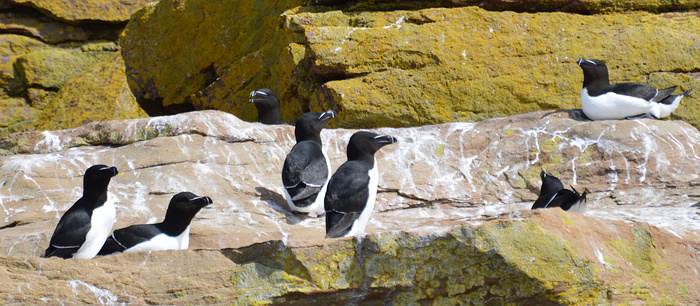
1680x1050 wallpaper
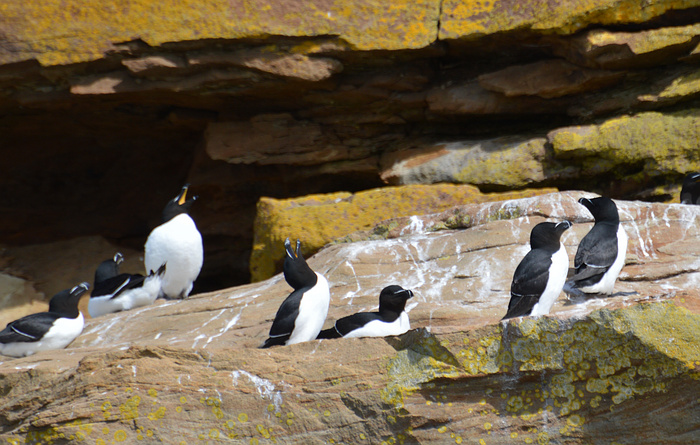

The splash in the middle is a razorbill that just dove.
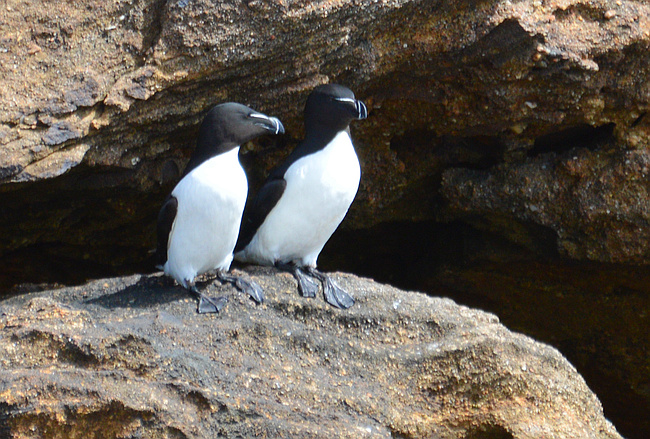
1680x1050 wallpaper
The Star Of Bird Islands
June 19th, 2015
The Bird Islands are two rocky islets offshore of Cape Breton, blanketed in colonies of nesting seabirds. We chose Donelda's Puffin Boat Tours to take us there and had a great time. They go as close to the islands as possible, giving you good views (with binoculars) of the razorbills, guillemots, puffins, cormorants and kittiwakes. The extra megapixels on my new camera really strutted their stuff that day. "As close as possible" really wasn't all that close, and I was surprised when some of my photographs, once cropped, looked as if I'd been standing on the island right next to the birds!
The puffins--"chunky little sea parrots", as Peterson calls them--are the ostensible stars of the show. In truth I enjoyed the other seabirds just as much, but Atlantic Puffin was a lifer for me (one of my four this trip), and I was excited to see and photograph it. Puffins are part of the auk family, the north hemisphere's analogue to penguins. They eat small fish which they catch by diving and swimming underwater. They are renowned for their ability to carry dozens of fish at a time in their oversized bills when bringing food back to the nest. (Apparently the known record is 62!)
The puffins were both less numerous and less obvious than the other seabirds, nesting as they did in little hollows on the rock faces (instead of out in the open.) I only managed to photograph them on the water.
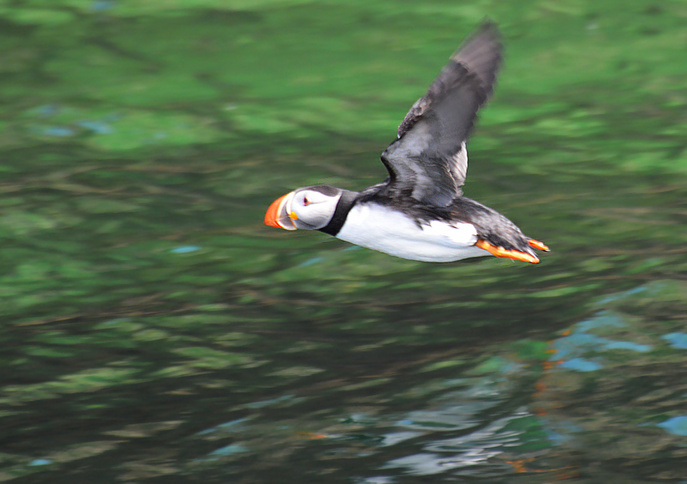
1680x1050 wallpaper
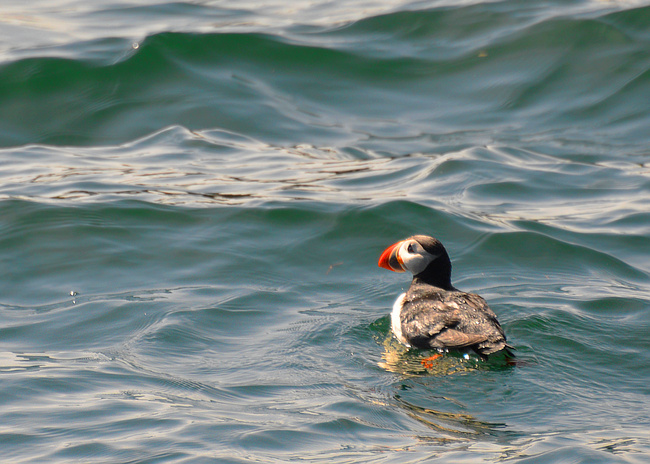
Puffins aren't very good fliers. Auks in general aren't very good fliers: to quote Wikipedia, they are a compromise between the best possible design for diving and the bare minimum needed for flying. (This still puts them a step past penguins whose "compromise" was to give up flying entirely.) They have to patter furiously across the water into the wind to achieve liftoff.

The Star Of Yellow Sidecar
June 16th, 2015
I'm back from vacation in Cape Breton. I'll have lots more to say about it soon, including my four lifers, all successfully photographed. But for now I just want to share this little beauty.

1680x1050 wallpaper
He was guarding a hummingbird feeder jealously--his mate was allowed to share it with him, but no one else. He found the wicker chair a handy perch for keeping an eye on things. This was at Yellow Sidecar B&B in Cap Le Moine, a little house on the coast in the middle of nowhere (to quote another B&B's proprietor: "no one stays in Cap Le Moine!...well, except you guys") with two very active hummingbird feeders and a gloriously overgrown tangle of a back yard, which I plowed my way into to enjoy the yellowthroats and alder flycatchers. It was not just a wonderful birder's B&B, it was a wonderful B&B period. I recommend it to anyone wanting an authentic experience of Cape Breton.
Next up, nesting seabirds on the Bird Islands!
A Delicate Beauty
May 30th, 2015
On Monday husband and I are off to Cape Breton! I'm looking forward to lifelisting the adorable Atlantic Puffin (a gimme), and Bicknell's Thrush. Bicknell's Thrush will not be a gimme, but a tantalizing possibility. It is a very rare bird with a tiny range--so rare that there are guided tours dedicated to seeing just it. Cape Breton happens to be within its tiny range.
ETA: Here's what I'll be listening for.
We also hope to do some whale-watching, and probably a visit to Fortress of Louisburg.
I tried for a last-minute twitch on Yellow-Crowned Night Heron, a southern bird well out of range in someone's backyard in Carp. It too would be a lifer. (If you've been following along it should sound familiar. It's a close relative of a heron I just photographed!) The homeowner graciously allowed me onto her property to look at the pond, but it wasn't there. It was probably roosting somewhere out of the heavy rain and thus smarter than me :-) I might try again tomorrow.
I leave you with this Spring Beauty from early May.
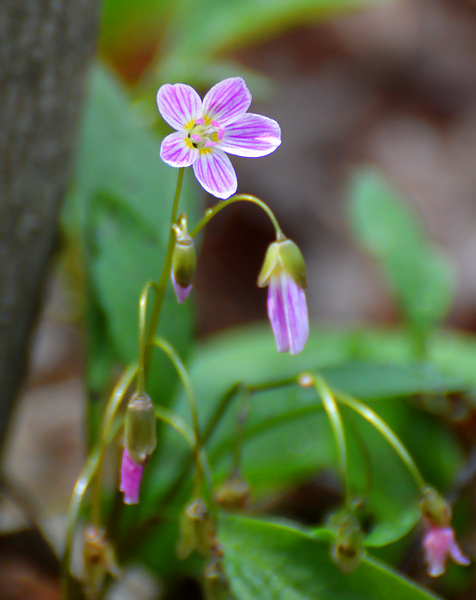
1680x1050 wallpaper
Mud Lake, late spring
May 27th, 2015
Summer is moving in. You can see the progression on the latest page of my gallery: brown and silver bokehs predominating at the bottom, and at the top, green, green, and more green!
Mud Lake's Yellow Warblers are back:
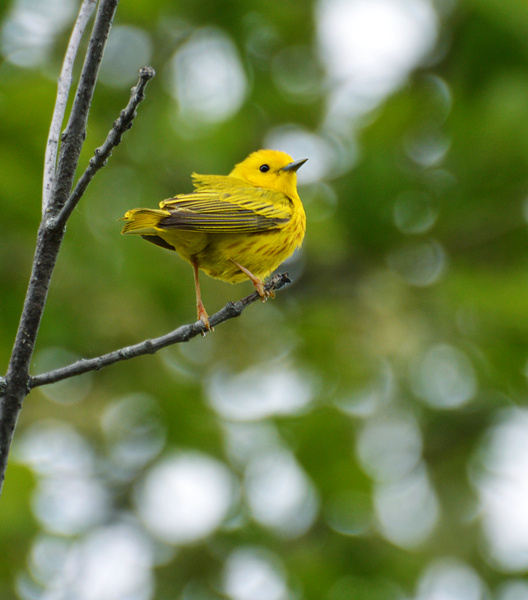
1680x1050 wallpaper
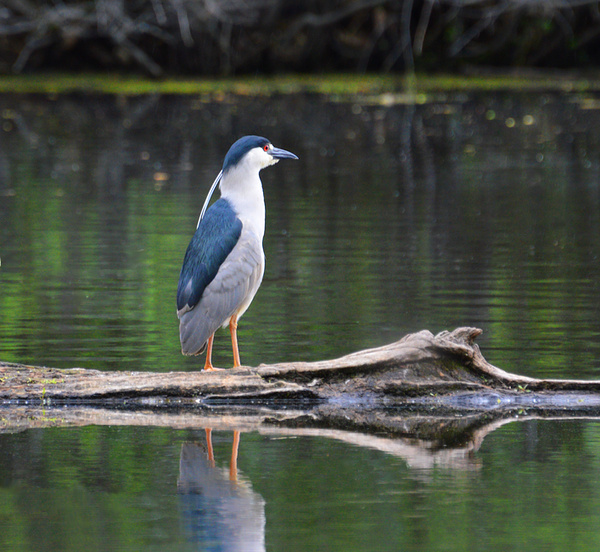
1680x1050 wallpaper
The Black-Crowned Night Herons at Mud Lake seem tamer than in years past, for some reason. It used to be I could only get good pictures of the (stripy brown) teenagers--adults would flush at the slightest disturbance. But I was in clear view of this one and he paid me little mind. Mature Night Herons, seen close up and in good light, are magnificent birds in my opinion!
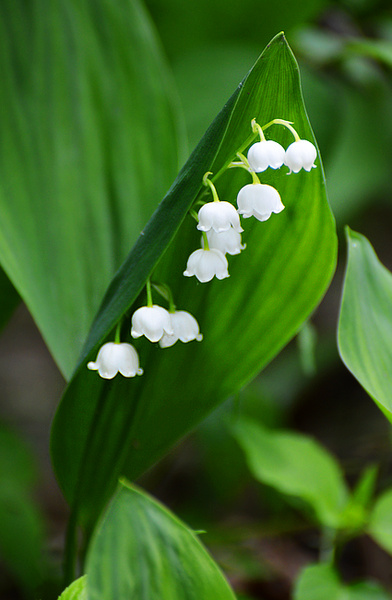
Lily-of-the-valley, a garden flower that sometimes escapes into woodlands.
Dragonflies and Wildflowers at Sugarbush Trail
May 23rd, 2015
I took my mother to Sugarbush Trail in the Gatineau last week, expecting a nice walk and maybe an interesting bird or two. But despite it being a fairly cool, breezy day, it turned out to be dragonfly heaven! While Chelsea Creek was virtually deserted of odes, sunny, sheltered spots in the woods were teeming with them. And it wasn't the usual "ten bazillion Four-Spotted Skimmers" that you expect to see in spring--these were, at least for me (a perennial dragonfly novice), exotic types that I had never seen before.
Most of them I couldn't identify down to species. But there are whole genera of dragonflies that I'm largely unfamiliar with, and these were they. Baskettails, for instance:

1680x1050 wallpaper
And clubtails:
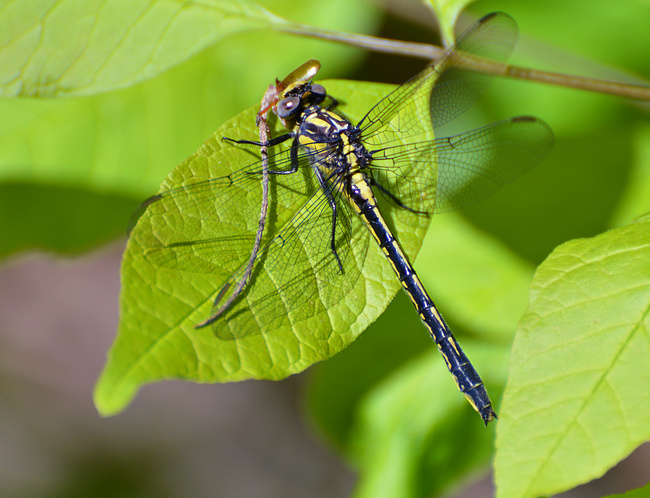
Chris Traynor, a well-known local naturalist, went to Sugarbush Trail recently himself (perhaps inspired by my post on Facebook) and saw a Moustached Clubtail, and he thinks my photo may be of the same species. If so it's a rarity in this region.
I have no idea what it's dining on here--please comment if you do! So far the best guess I or anyone has come up with is that it's eating a shrivelled-up fellow dragonfly.
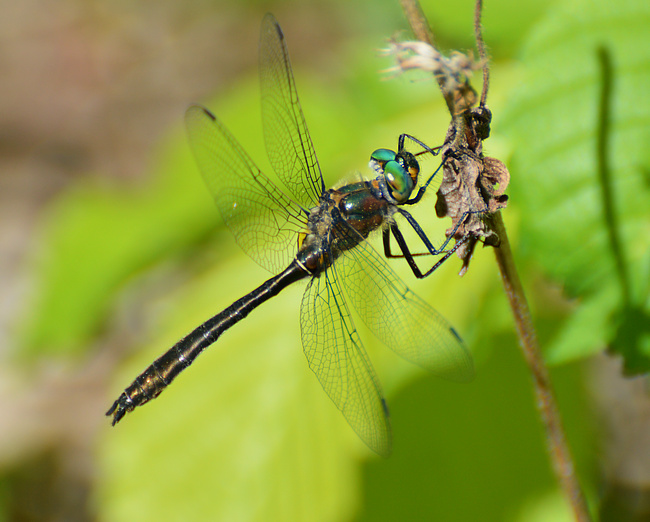
American Emerald. Nothing exotic about this one, but it is beautiful. Emeralds are called that because of the color of their eyes. I think they should be called Opals instead.
The woods were full of trillium, and I searched for those elusive "pink" trilliums--white ones that have turned to pink but not yet wilted beyond the point of photogenic. My mom pointed out this one, and it ended up being the best of the lot.
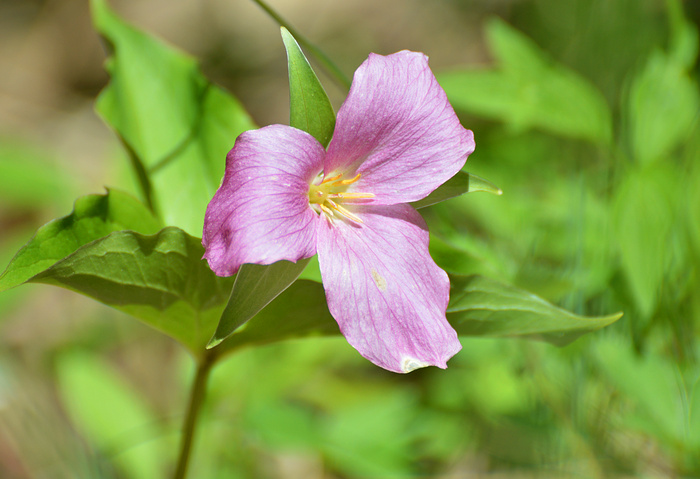 <
<
More exciting was our discovery of a red (a.k.a. purple) trillium. This is a separate species, and one I've rarely seen. In fact I think this is the first time I've found a red trillium in full bloom. There were more along the trail, but they were all wilted already.
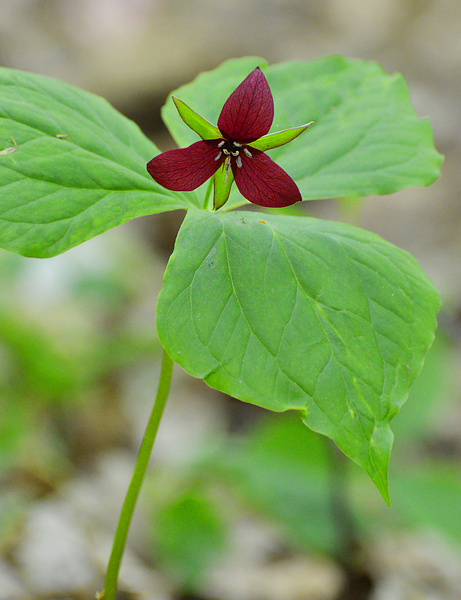
I tested the claim that red trillium is ill-scented. The claim is true! They pollinate themselves with the help of flies, and attract the flies by smelling like carrion. The liver-red color of the flower is also part of that subterfuge.
Three Hunters
May 13th, 2015
My mother is visiting from Virginia. I took her to Mud Lake this afternoon, and Mud Lake brought out all its charms for her! It was the birdiest I'd seen it (or heard it) this spring. Near the trailhead were two surprisingly tame adult Night Herons, one of them actively fishing.
The action was so good I had to go back home, get my camera, and come back. Fortunately one of the Night Herons waited for me.
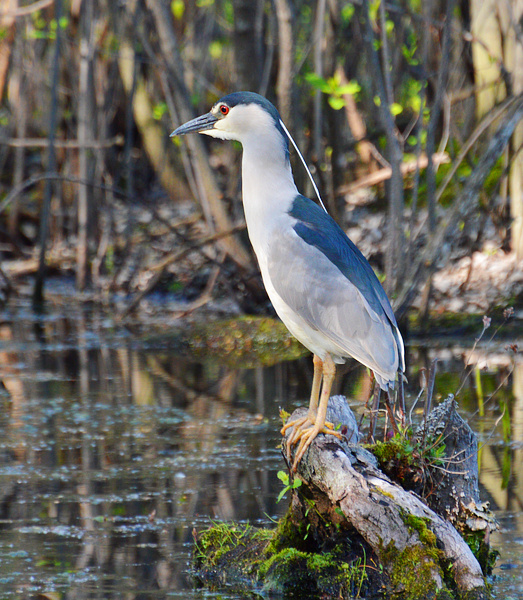
1680x1050 wallpaper
Down the trail, the Eastern Screech-Owl was out of his hole. (I've decided to give up trying to keep this secret, since it's very much an open secret, and really, the owl doesn't seem to care the darndest about people watching him.) He was perched low down and close to the trunk of an old snag. From a distance, he did a convincing imitation of a broken off branch:

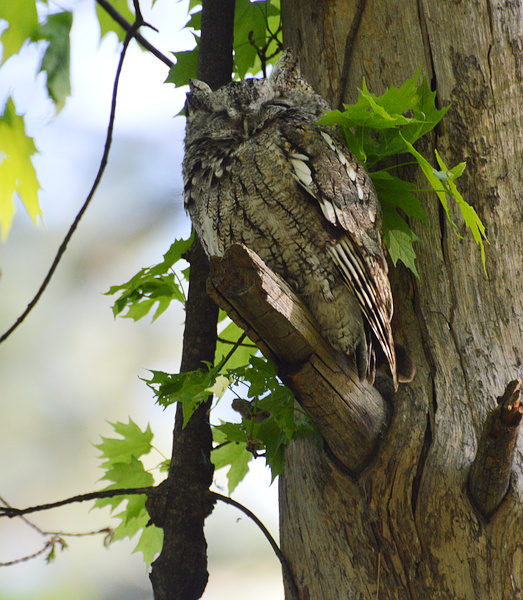
While the bunch of us (my mom and I and other photographers) were watching the owl, a Cooper's Hawk got into a noisy fight with a couple of crows, which ended badly (though not fatally) for one of the crows! Most of us went over to photograph the hawk, perched low after the altercation and looking completely unruffled.

When we got back, my mom regaled us all with how the fight had woken the owl up, and how it had its eyes wide open, looking all around. We got back just in time to see it falling back to sleep.
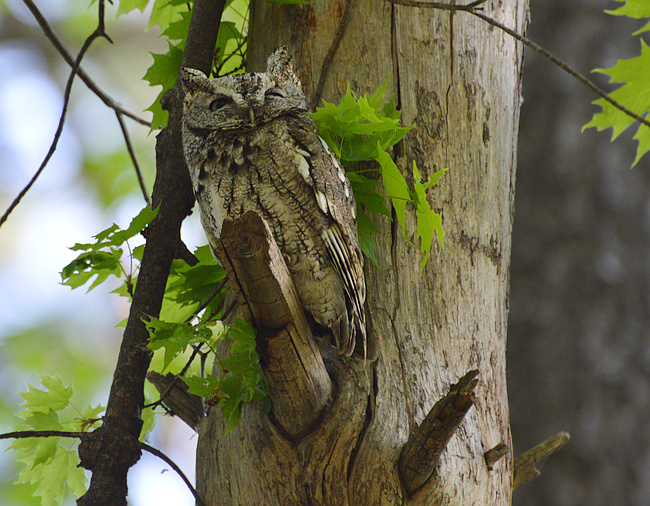
1680x1050 wallpaper
Shine For A Day
May 11th, 2015
South March Forest has dense carpets of trout lilies right now--most of them peaked and wilted, and soon to disappear. But this one was still perfect.
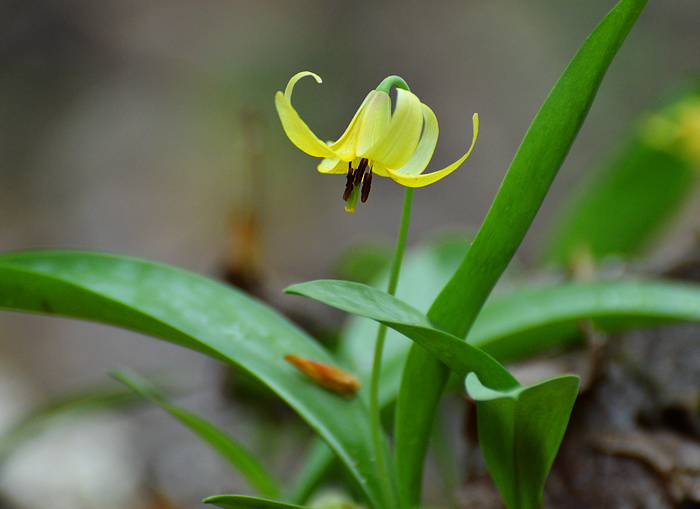
1680x1050 wallpaper
Spring Beauty
May 9th, 2015
An early-blooming, ephemeral wildflower. It disappears once the trees above it have leafed out.
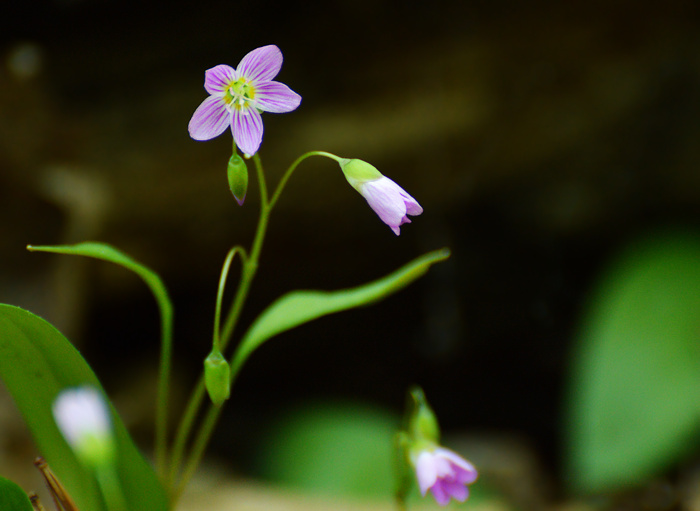
1680x1050 wallpaper
In Praise Of Common Birds
May 4th, 2015
It's a good time of year to appreciate the beauty of common birds at their breeding peak. This mallard was looking particularly gorgeous in the late afternoon light.
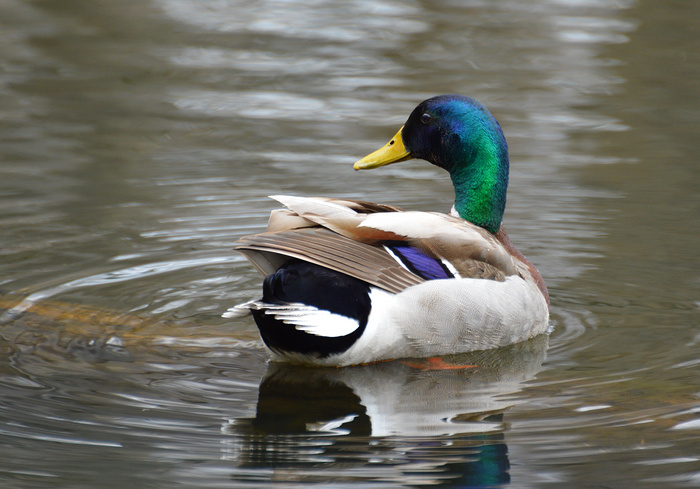
1680x1050 wallpaper
Ring-Billed Gulls are one of those birds where familiarity breeds contempt, and I'm sure most birders seldom bother to train their binoculars on one. They're actually quite striking in breeding plumage. Their gapes and eye rings become such a brilliant shade of orangey-red, it looks fluorescent to me. When a Ring-Billed Gull calls on territory, he's not just declaring himself by sound, he's also flashing that gape the way a Red-Winged Blackbird flashes his epaulets.

1680x1050 wallpaper
Closeup:

|
